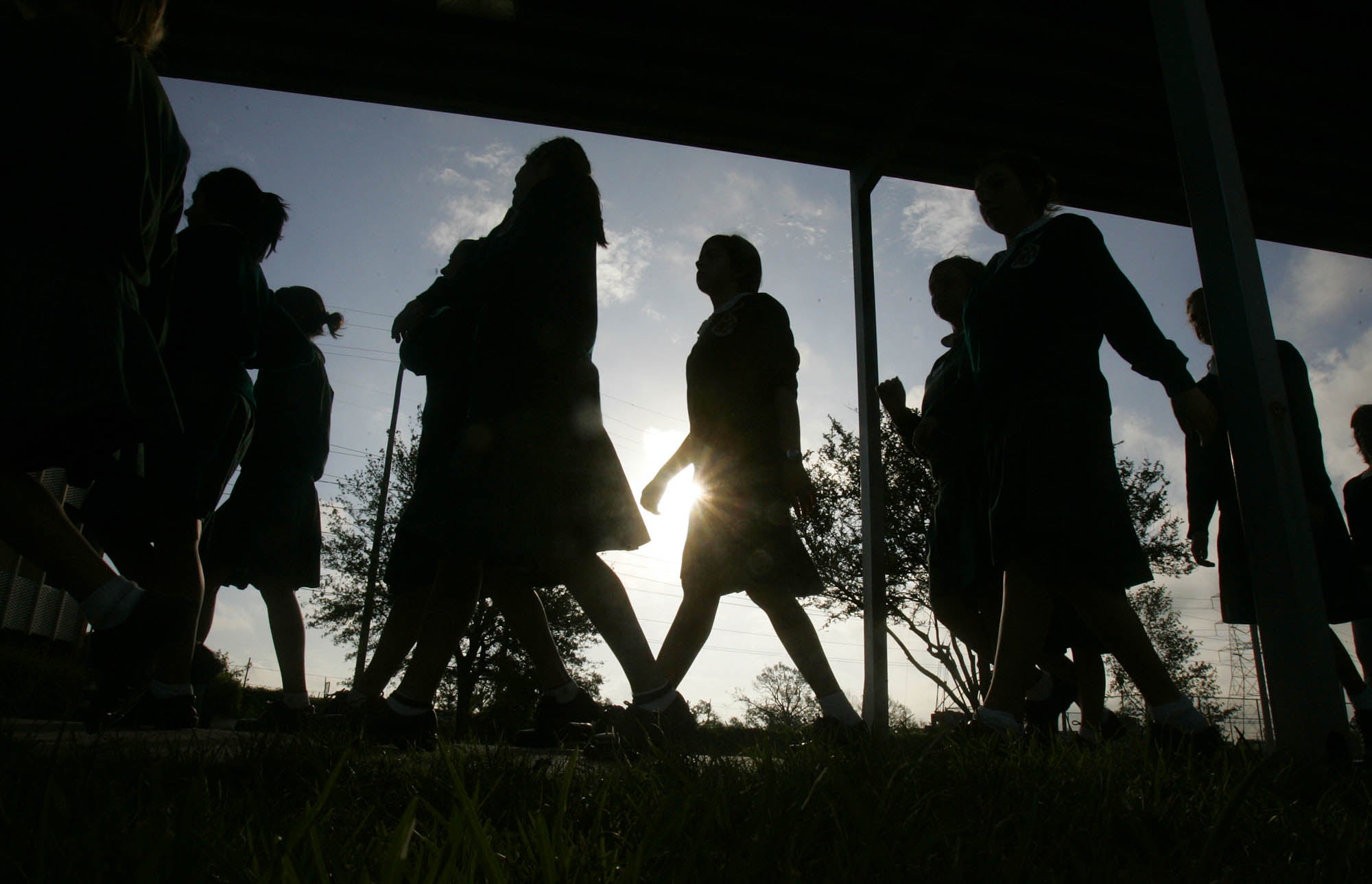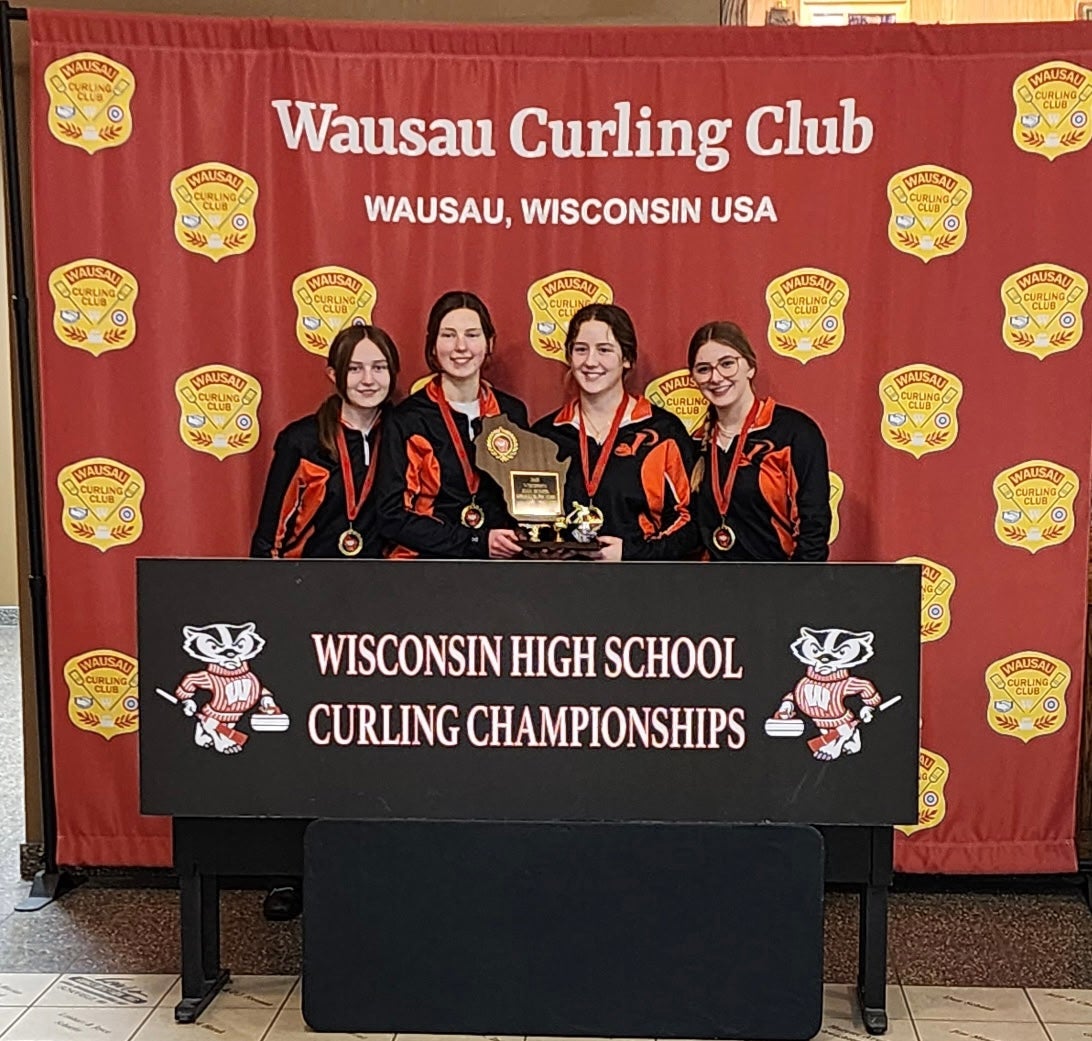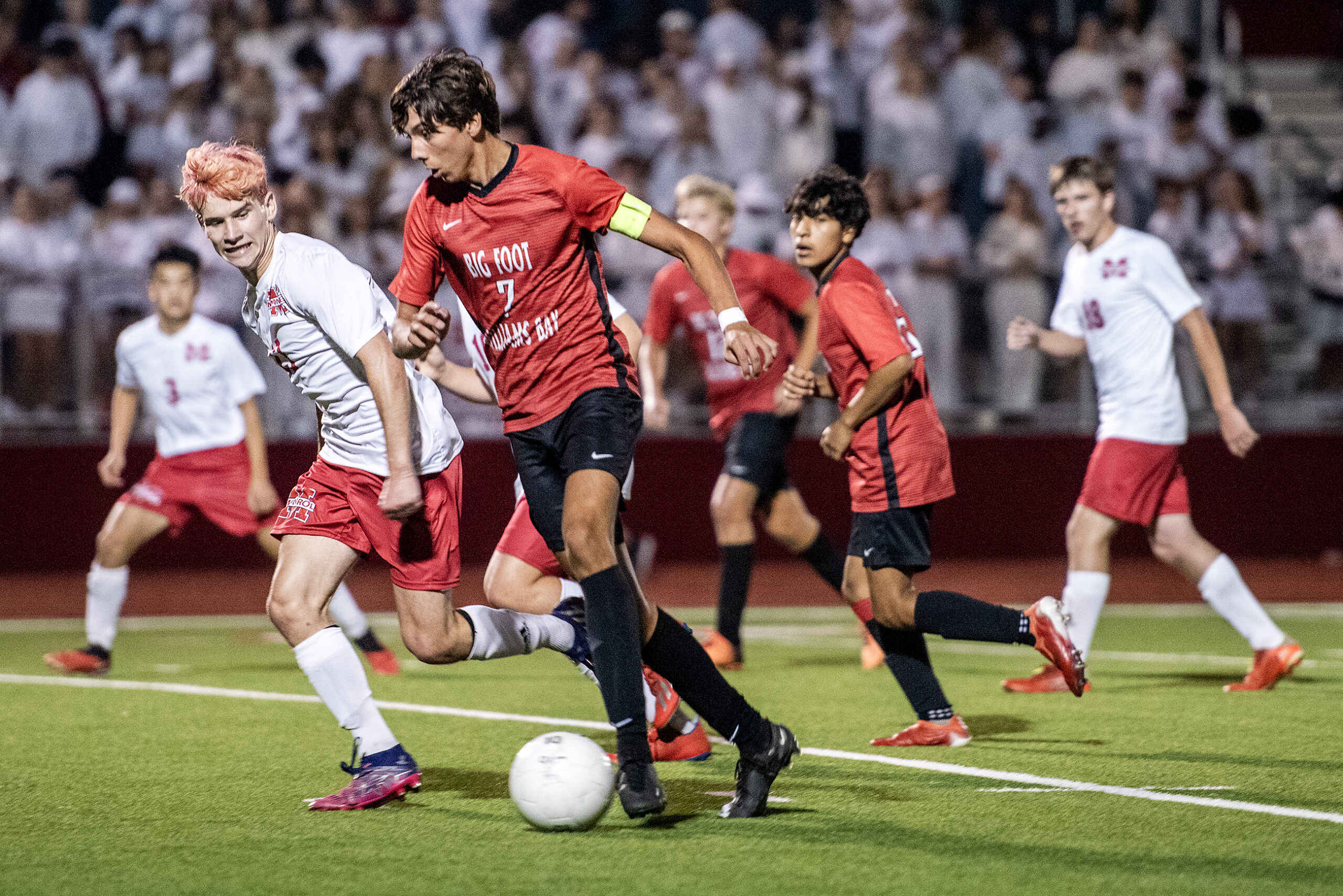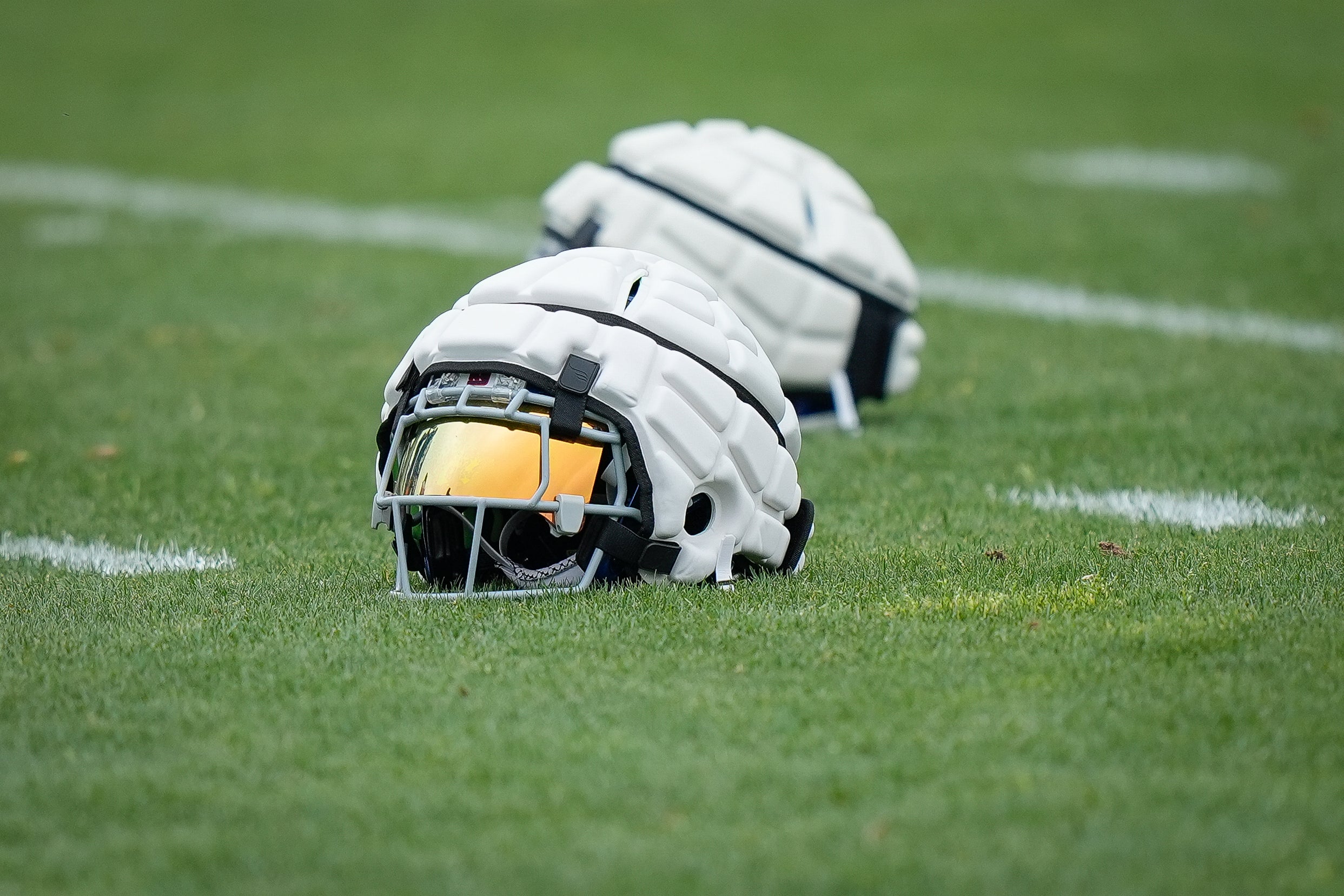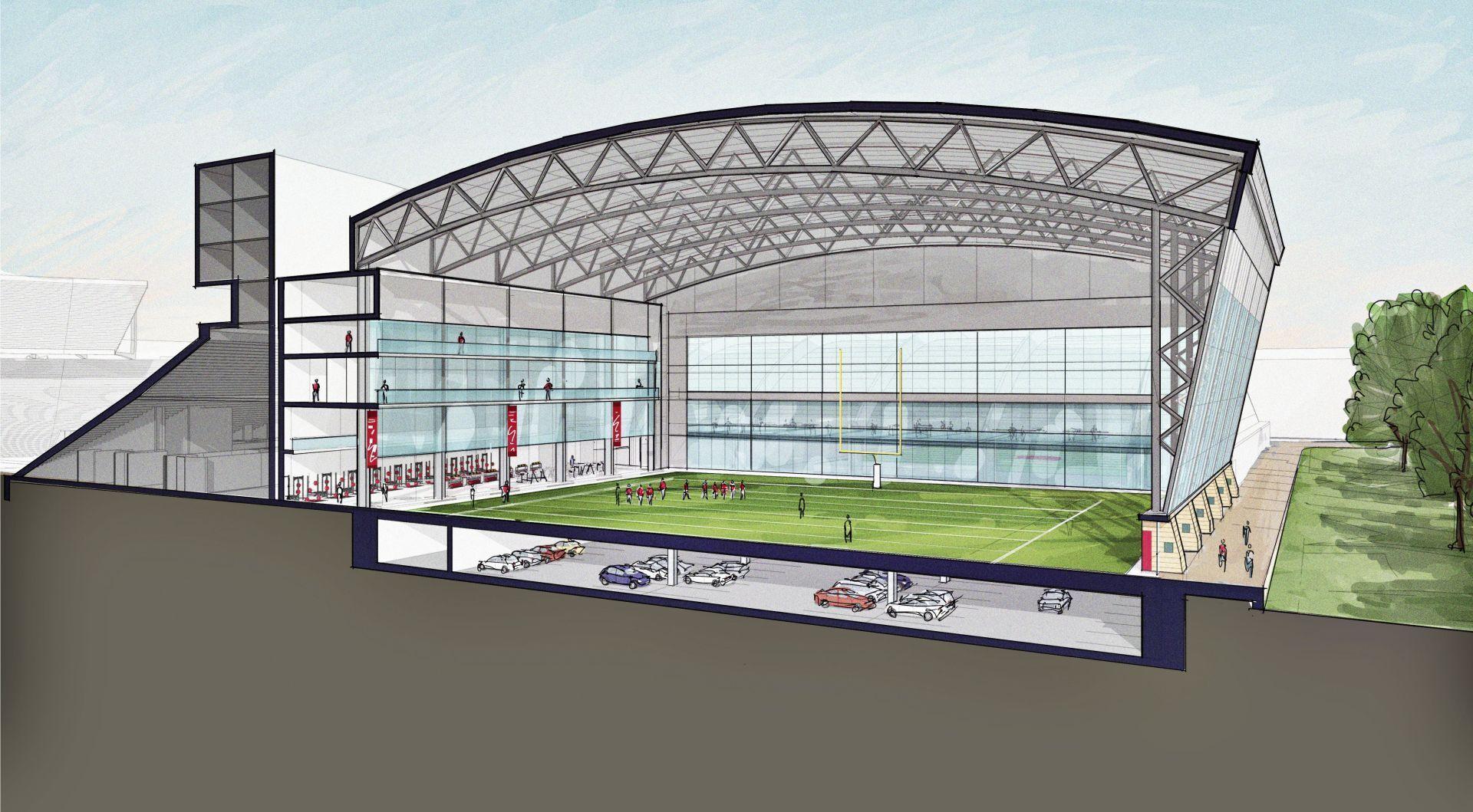Long before anatomist Julie Stamm wrote a book about youth concussions, she was an athletic trainer. One fall, during her undergraduate training at the University of Wisconsin -Madison, she treated a high school football player who got a concussion, and didn’t get better.
“Even just raising his heart rate, his symptoms would come back,” said Stamm. “That really got me interested in this area, because it impacted so much of his life.”
To help others like him, Stamm went on to research youth concussions in sports. Her graduate thesis examined the long-term impacts of repeat head hits from youth football. Other sports that are high-risk for concussions include soccer, lacrosse, rugby, ice hockey, wrestling and cheerleading.
Stay informed on the latest news
Sign up for WPR’s email newsletter.
In recent years, researchers and medical professionals like Stamm have changed how they think about concussion treatment. They used to think when a student athlete got a concussion, rest was best.
“We used to say, ‘Lock them in a dark room and that will solve the problem eventually. We don’t want to exacerbate symptoms at all,’” said Stamm, who is now a clinical assistant professor in the Department of Kinesiology at UW-Madison. “But now we know that a little bit of symptom exacerbation can be okay.”
A consensus from experts released June 2023 said physicians should encourage people with concussions to return to light activity soon after their injury. Research shows mild exercise, like walking, in the first 48 hours after a concussion can help recovery. Still, it’s important to limit screen use during this time, Stamm said.
Return to learn
Concussion care can prevent long-term concussion symptoms, like those her early football trainee developed. Stamm said accommodations in school are an important part of a student’s care plan. Students with concussions may have trouble with short-term memory, light sensitivity and fatigue. School nurses and athletic trainers may offer “return to learn” plans for these students to help them re-enter the classroom. The plans can ask teachers to offer accommodations like extended test time, the ability to take breaks and printed notes.
“Getting the support through the school is very important,” Stamm said. “If a teacher doesn’t know about concussions, if they’re not informed about the protocol, it can be really difficult for the student to navigate school.”
Reporting a concussion
Youth concussion diagnoses have increased in recent years. Stamm said that’s not necessarily a bad thing, though.
“We think it really means that we’re catching more of them. It’s not that there are more necessarily happening,” she said.
Concussion education has come a long way, so more doctors and athletes know to report them, she added.
Still, there’s room for improvement. Stamm said student athletes would benefit from a culture shift — from a focus on one-time game day performance to their long-term health.
“You might know that it’s a concussion, but if you’re in the middle of a game and you want to keep playing, you don’t want to report that,” she said.
Stamm said families and coaches are key to promoting concussion reporting.
“The coaches saying, ‘I want you to report because I care about you and your health,’ is really important,” Stamm said. “Not just once at the beginning of the season. Throughout the season.”
Club vs. school sports
Wisconsin has a law that governs concussion protocols in youth sports. The protocols include taking an athlete out of play when they have a suspected concussion, having them evaluated by a medical professional and educating the athlete and their coaches.
The Wisconsin Interscholastic Athletic Association helps enforce those protocols in Wisconsin high schools. But there is no such governing body for club sports, and that can be a problem, Stamm said.
“Club sports are huge and growing every year,” Stamm said. “But nobody’s enforcing it in club sports.”
In 2020, her research found club coaches have less awareness of concussion management protocols than high school coaches.
“Some do a great job, but it can be hit or miss,” Stamm said. “[Parents] should ask questions, and try to find out more, especially for these high risk sports.”
Wisconsin Public Radio, © Copyright 2025, Board of Regents of the University of Wisconsin System and Wisconsin Educational Communications Board.
